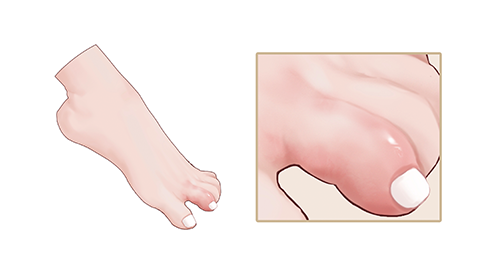Which toe generally hurts in gout?
In general, toe pain caused by gout most commonly occurs in the big toe. It is recommended to seek timely medical attention, identify the underlying cause, and then receive appropriate treatment under a doctor's guidance. Detailed analysis is as follows:

Gout occurs due to purine metabolic disorders or reduced uric acid excretion, leading to elevated levels of uric acid in the blood. When uric acid levels become too high, urate crystals form in the joints. Toe joints, especially the first metatarsophalangeal joint, have a lower temperature and relatively slower blood flow, making them more susceptible to urate crystal deposition. These crystals irritate the surrounding joint tissues, thereby causing pain. Gout-related toe pain typically starts suddenly during the night, with the intensity of pain reaching its peak within a few hours, significantly affecting the patient's sleep and daily activities.
If toe pain caused by gout occurs, patients may take medications such as benzbromarone tablets, colchicine tablets, and allopurinol tablets according to medical advice. It is also advisable to drink plenty of warm water to promote uric acid excretion. Eating fruits and vegetables in moderation is recommended, while avoiding high-purine foods such as animal offal and seafood.





